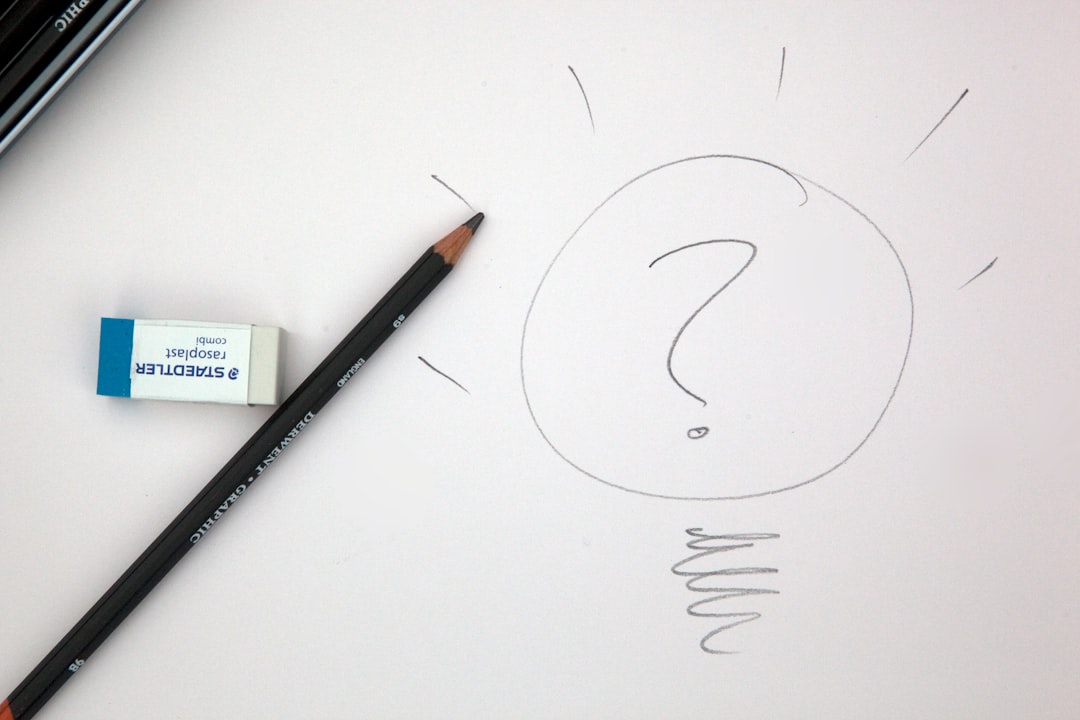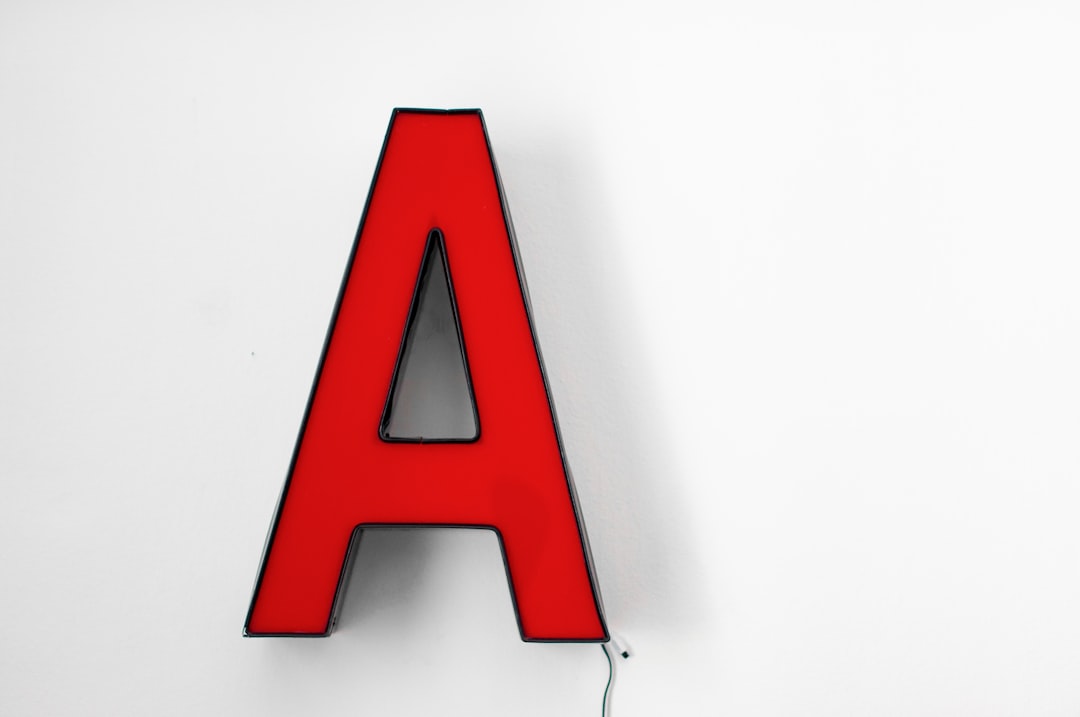In the high-stakes world of pre-seed startups, nearly every decision can influence the trajectory of the company. One often underestimated but critically important component of early-stage branding is the logo. It’s not just a visual identity—it’s the first handshake with potential customers, investors, and partners. At a stage where vision often outweighs revenue, a well-designed and well-validated logo can convey professionalism, direction, and trust better than a thousand words.
TLDR
Pre-seed startups often neglect logo validation, but it is vital for establishing early trust and brand identity. An effective validation framework can help founders test, refine, and align their logo with their startup’s goals and audience. This article outlines structured, actionable methodologies to ensure your logo resonates with your target market. Don’t wing your way through branding—validate before you launch.
Why Logo Validation Matters for Pre-Seed Startups
At the pre-seed stage, resources are limited. Founders are bombarded with competing priorities: fundraising, product development, and team building. It’s easy to treat a logo as an afterthought or a quick DIY design. However, this is a strategic error.
Your logo serves as the face of your startup—it encapsulates your company’s values, mission, and vision in a single visual mark. And in a digital landscape cluttered with competitors, bad design sticks out—in the worst way. Worse, unvalidated logos can confuse investors, alienate early adopters, or signal a lack of professionalism.
Core Principles Behind Logo Validation
Before jumping into specific frameworks, it’s important to understand the bedrock principles of logo validation:
- Relevance: The logo must reflect your startup’s industry and core mission.
- Simplicity: Overly complex designs reduce recognizability and scalability across platforms.
- Memorability: A validated logo must stand out and be easily recalled by your target market.
- Adaptability: The design should look great on everything from pitch decks to app icons.
- Emotional Impact: Your logo should evoke some form of emotional connection or curiosity.
Framework 1: The ABCDE Framework
This modern, founder-friendly approach makes logo validation more structured by focusing on five key criteria:
- Aesthetics: Is the logo visually appealing across different contexts (digital, print, grayscale)?
- Brand Fit: Does the design align with the startup’s intended brand personality—innovative, elegant, disruptive?
- Consumer Recognition: Have test groups consistently identified and understood what your logo represents?
- Distinctiveness: Does your logo stand out in a competitive logo lineup?
- Evolution Capability: Can your logo be adapted or evolved in future iterations without losing identity?
This framework can be used in interviews, surveys, or simple online A/B testing environments. It ensures that aesthetic preferences do not eclipse strategic evaluation.
Framework 2: The Five Circle Feedback Loop
This iterative method involves defining five groups for feedback, ensuring a 360-degree perspective:
- Founders: Does it reflect your vision and values?
- Advisors/Investors: Does it resonate with credibility and professionalism?
- Target Users: Does it speak to their identity, needs, and expectations?
- Peers in the Industry: Is it distinct from similar ventures?
- Design Experts: Does it meet best practices in scalability, contrast, and versatility?
Include short interviews, digital feedback forms, and quantitative scores (1–10 rating scales) to identify recurring patterns in feedback.

Startups can implement this loop early and re-test after design refinements. The goal is continual optimization, not perfection on the first try.
Common Missteps in Logo Validation
Many founders fall into predictable traps during the validation process. Avoiding these can fast-track your brand identity:
- Echo Chamber Feedback: Don’t limit testing to your co-founder or family. Bias is real and unhelpful.
- Obsessive Detailism: Avoid aiming for universal approval. A good logo polarizes in the right way—it shouldn’t try to please everyone.
- Outdated Inspiration: Don’t mimic successful logos from unrelated eras or industries. Own your uniqueness.
- Neglecting Real-world Testing: Ensure application testing across formats—print, mobile, desktop, ads, etc.
Tools for Empirical Validation
Luckily, you don’t need a Fortune 500 budget to validate your logo. Numerous tools offer quick, measurable insights:
- UsabilityHub: Run five-second tests to measure logo recall.
- Lookback.io: Gather user reactions during onboarding flows with your logo visible.
- Figma + SurveyMonkey: Combine clickable prototypes with structured user surveys.
- Google Optimize or Optimizely: A/B test logo placements on real web traffic to monitor engagement metrics.

Empirical validation can back intuition with data—something investors love to see at the pitch table.
Case Study Insights
Let’s look at two fictional examples based on real startup challenges:
Case A: Fintech Startup “Credita”
Initially launched with an ornate logo depicting a Greek temple to symbolize trust and economics. It bombed in user testing—young customers found it pretentious and hard to interpret. Post-validation, the company rebranded faster with a modern sans-serif wordmark + abstract icon that was clean and credible. Engagement on their homepage increased by 22% after the switch.
Case B: AI-Powered HR Platform “TagHire”
The founders fell in love with a logo featuring a mechanical cog and a megaphone—an attempt to blend HR and tech. Unfortunately, it read more like a factory automation startup. After implementing the Five Circle Feedback loop, they reworked the logo into a smiley chat bubble with a subtle pixel-style twist. It increased emotional appeal dramatically in user studies.
When to Validate
Some startups treat logo validation as a side project. That’s a mistake. Rough timelines should follow this flexible roadmap:
- Month 1–2: Draft 3–5 different logo directions
- Month 2–3: Apply ABCDE and internal reviews
- Month 3–4: Launch external validation and adjust
- Month 4+: Finalize scalable asset kits and brand guidelines
This tight schedule fits well within a typical pre-seed startup’s pre-launch roadmap, ensuring brand identity doesn’t lag behind market entry.
Engaging External Support Wisely
Hiring agencies in the pre-seed phase can burn too much cash. Instead, consider:
- Freelance Platforms: Use 99designs or Toptal for high-quality logo drafts within budget.
- Design Communities: Leverage Behance or Dribbble to find designers aligned with your vision.
- Equity-based Collaboration: Some designers are open to small equity trade-offs for early-stage projects.
If you go this route, include logo validation as a required deliverable in your contract or statement of work.
Conclusion: First Impressions Last
For pre-seed startups, the logo is more than a design object—it’s a statement of intent. Using frameworks like ABCDE or the Five Circle Feedback Loop empowers founders to test hypotheses, listen to target markets, and refine visual identity with confidence. A validated logo becomes a quiet superpower, working tirelessly in every investor meeting, product launch, and customer interaction.
Don’t skip this step. Validate your logo the way you validate your product: early, often, and with purpose.

